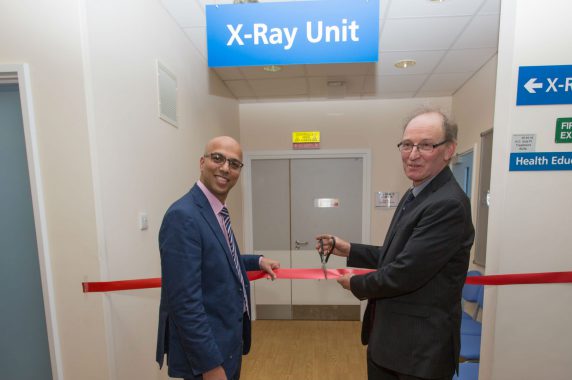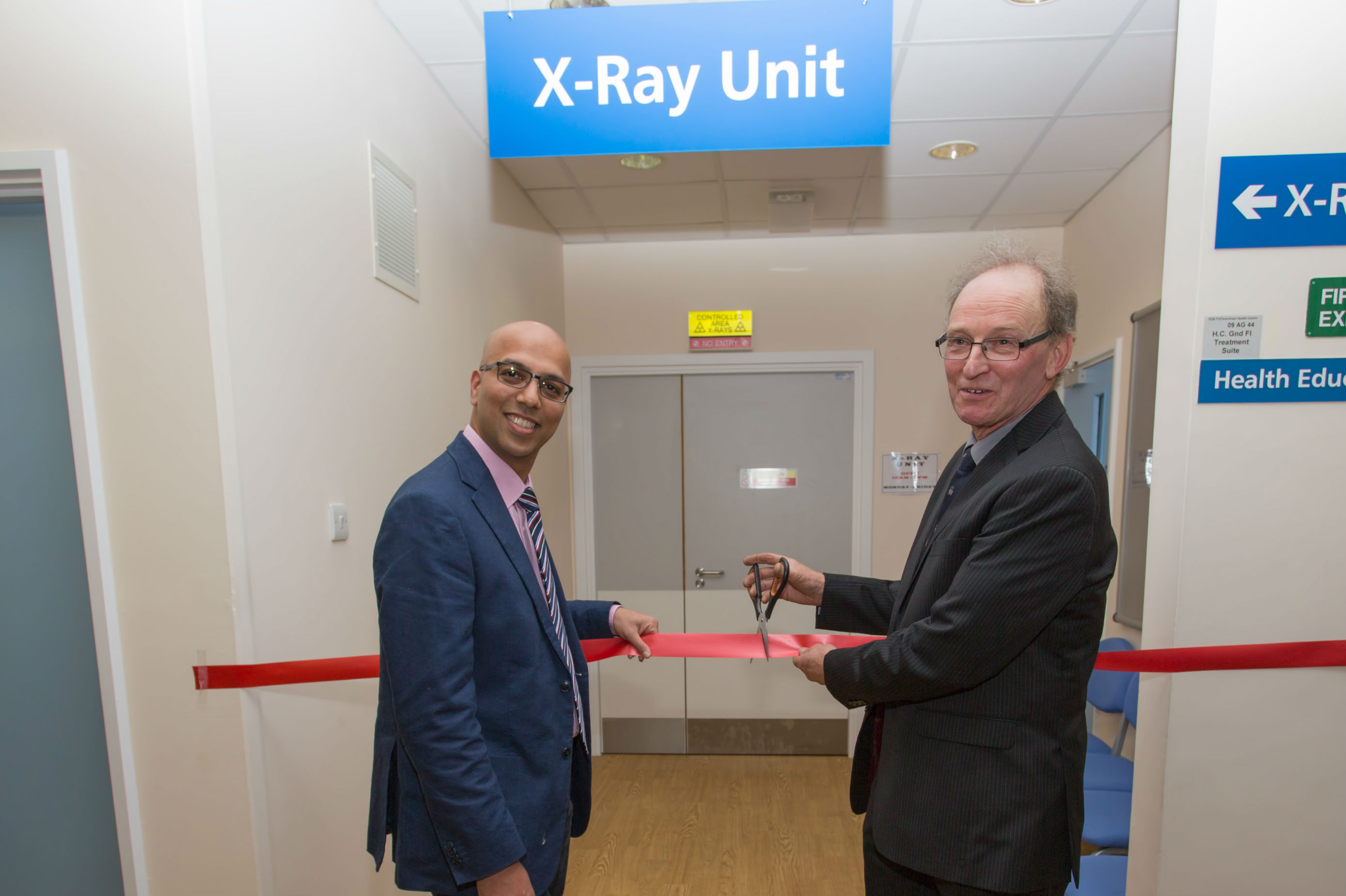How our practice got its own X-ray unit


x ray unit
My GP practice (of approximately 14,000 registered patients) is based in Faversham Health Centre, which has hosted a nurse-led Minor Injury Unit (MIU) for many years. The local CCG wanted to procure a new MIU service with X-ray facilities for the town but were finding it difficult to find a suitable provider – a procurement exercise in 2013 failed mainly due to the small number of patients seen at the MIU and restrictive specifications.
What we did
After the local community campaigned against the closure of the MIU, our practice put in a bid to provide this service. We used the local GP federation, Invicta Health, to help us with management expertise and we were awarded the contract to commence the service in September 2015.
We have integrated the MIU staff with our practice team. This means we can use the MIU nurse practitioners’ free time to see our practice’s patients with minor illnesses, which saves our GPs time and has improved patient access.
We teamed up with the local hospital trust to provide the X-ray services. They now provide the staffing and IT support for the service. We have agreed to staff the unit with reporting radiographers (radiographers who have additional training and are able to report on various X-rays in addition to taking the images), who though more expensive, can report on X-rays from the hospital’s X-ray pool during their free time. We would not have been able to staff the service ourselves due to the low number of patients using it. Subcontracting the service to the local hospital trust gave us the required expertise and using reporting radiographers helped us utilise the down time at the X-ray service for reporting.
Challenges
The small number of patients seen at the MIU made it financially difficult to run as a standalone service. The staffing costs for reception and clinical staff would not have been supported by the income generated by the ongoing activity levels. We overcame this by integration of the service with the practice, including using only one reception for both services.
The X-ray equipment is prohibitively expensive to buy and install, but a local charity (League of Friends of Faversham Cottage Hospital) had been campaigning for many years for an X-ray service in the town and kindly agreed to pay for this. They are paying £200,000 towards the purchase and installation of the X-ray machine and have committed up to £300,000 in total towards the machine and other associated costs.
Results
The MIU service is now running successfully and is open from 8am till 8pm, seven days a week. Our patients (and other patients in the area) are very happy with the consistent and high quality service provided by the MIU. This unit should help reduce A&E attendances, which is a big priority for the CCG.
The patients don’t have to travel to another town to get their X-rays. This is convenient for our patients, other local people and inpatients at the local community hospital. Most of the X-rays are reported at the local unit which has reduced the turnaround time for the results.
Future
These services can be the building blocks for more local health services provision and secure the future of the local Cottage Hospital and our practice. The availability of X-ray and extended opening hours at the Health centre mean we can hopefully get more outpatient services locally. The number of patients using the unit is growing and we anticipate this to continue.
For other practices considering this I would suggest starting discussions with the local CCG to see if they wish to procure similar services. A MIU can help patients and GPs as well as take pressure off the local A&Es. X-ray services will need funding commitment due to high costs. This model of integrated working is the future of NHS, where local GPs work in collaboration with other health providers and stakeholders for local delivery of services.
Dr Gaurav Gupta is a GP in Faversham, Kent and Vice Chair of Kent LMC
Pulse October survey
Take our July 2025 survey to potentially win £1.000 worth of tokens











